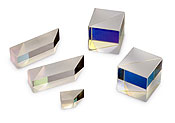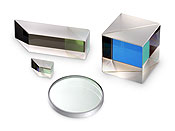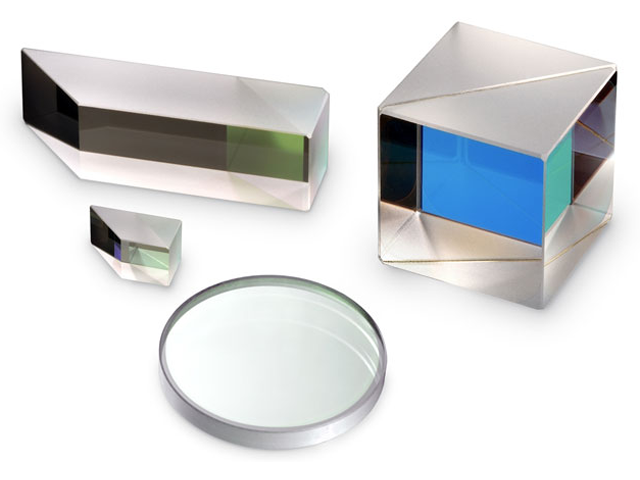Choose a country or area to see content specific to your location
-
Produto e Serviços
-
Osciloscópios
-
Analisadores
- Spectrum Analyzers (Signal Analyzers)
- Network Analyzers
- Logic Analyzers
- Protocol Analyzers and Exercisers
- Bit Error Ratio Testers
- Noise Figure Analyzers and Noise Sources
- High-Speed Digitizers and Multichannel DAQ Solutions
- AC Power Analyzers
- DC Power Analyzers
- Materials Test Equipment
- Device Current Waveform Analyzers
- Parameter / Device Analyzers and Curve Tracers
-
Medidores
-
Geradores, Cargas e Fontes de Alimentação
-
Software
-
Wireless
-
Instrumentos Modulares
-
Segurança e Teste de Rede
-
Network Visibility
-
Serviços
-
Produtos Adicionais
- Todos os produtos, softwares e serviços
-
- Learn
- Suporte
O que você está procurando?
- Home
- Produto e Serviços
- Combinadores Monolíticos de Laser e Óptica de Precisão
- Precision Optics and Assemblies
- High-Performance Beamsplitters
High-Performance Beamsplitters
polarizing beamsplitters (PBS) and non-polarizing beamsplitters (NPBS)
Highlights
Optical beamsplitters play a vital role in many laser-based measurement and positioning systems. Although the operation of a typical beamsplitter is conceptually simple, its performance characteristics can dramatically affect the accuracy and repeatability of the overall system. Consequently, understanding the variables that distinguish beamsplitter performance is an important step in comparing and specifying components. There are two basic types of beamsplitters:
- Non polarizing beamsplitters (NPBS): this type of splitter is used to divide (split) a beam into two beams and each output beam is a fraction of the incoming beam regardless of the polarizations. Non-polarizing beamsplitters are used in a variety of applications in optical instrumentation to distribute fractions of a laser beam to other optical sub-assemblies. The listed split percentage tells you the percentage of power of the beam that is split off (reflected) of the main path. The split path is typically at 90 degrees to the main path.
- Polarizing beamsplitters (PBS): this type splitter is used to separate the S- and P-polarization components of a beam. Polarizing beamsplitters are used in a variety of applications including optical instrumentation, laser interferometry, and biomedical applications. Polarizing beamsplitters typically come in cube form but custom geometries are available as well.
The performance of the beamsplitter is determined by the quality of the glass, the optical surfaces and the optical coatings that are used (see also the white paper Performance Considerations in Precision Beamsplitters).
To select a suitable beamsplitter, you need to consider the form-factor, glass-homogeneity, coating, transmission range and damage threshold.
 |
 |
Click on the links below for more information on beamsplitters.
Extend the capabilities for your Beamsplitters
Want help or have questions?
- © Keysight Technologies 2000–2024
- Privacidade
- Mapa do site
- Termos
- Trademark Acknowledgements
- Contate o Webmaster



